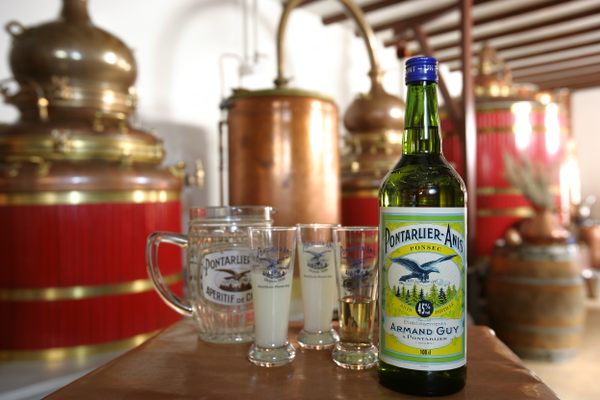In the town of Bath in Somerset, England, there’s something in the water. That something is 43 minerals, from calcium to zinc.
The water started out as rain falling on the neighboring Mendip Hills more than 10,000 years ago, eventually burbling out of the ground at 46° Celsius (115° Fahrenheit). After the Romans built a bathhouse in the area in the first century, Bath became a magnet for visitors looking to swim its natural hot springs. Patients lauded the mineral-rich pools for allegedly healing everything from skin problems to infertility.
Even kings and queens came calling, turning Bath into a famous resort town. By the 1600s, visitors gulped down warm pints of the local water for their health, despite its sulfuric notes. After the Pump Room was built in the 18th century, it became a famed place to sip the local water and socialize. Jane Austen, who lived in Bath for a time, noted in Northanger Abbey that it seemed everyone in town “was to be seen in the room at different periods of the fashionable hours.”
As it turned out, both floating in the waters and drinking them did soothe patients suffering from lead poisoning and its accompanying paralysis. But these days, instead of taking a dip to heal, people flock to the Pump Room for their afternoon tea after visiting the famous Roman Baths. There, they can also listen to the Pump Room Trio, which the Baths’ website says is “believed to be the longest-established resident ensemble in Europe.”
But for those who want it, the drinkable water is there. In the Pump Room sits a flowing fountain decorated with leaping trout. For 50 pence (or free, if you’re a Pump Room guest or a Roman Baths ticket holder), you can sample Bath spa water from the fountain. The website diplomatically notes that it has a “rather unusual taste.”
Written By
 Anne Ewbank
Anne Ewbank















